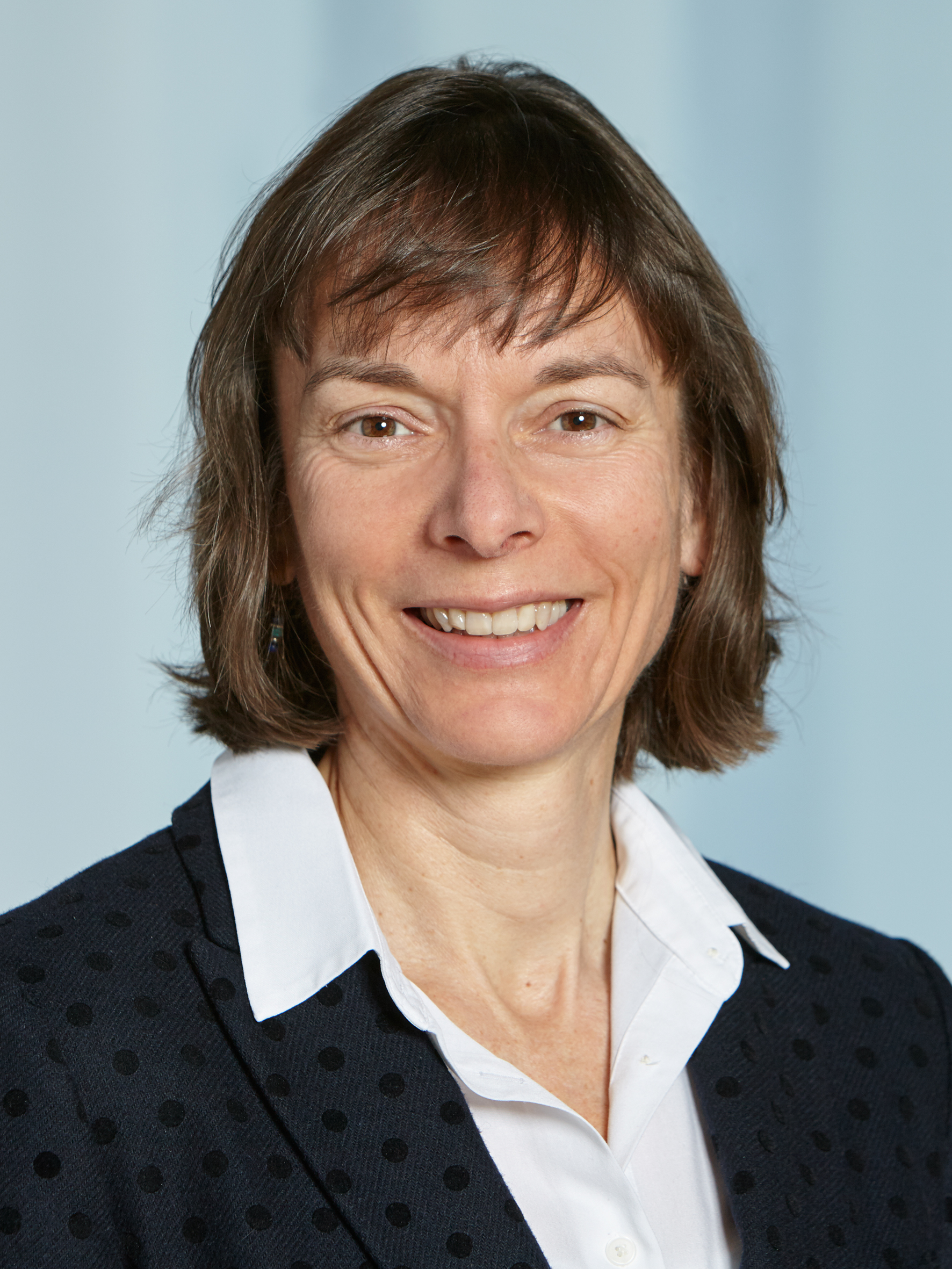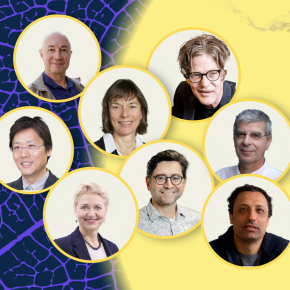
CNRS Fellow-Ambassadors: the second class revealed
Eight new renowned figures from global research have joined the CNRS as “fellow-ambassadors” in 2024.
The second class of CNRS fellow-ambassadors has been announced, with the appointment of eight new figures from global research.
The eminent scientists in this class include: Chihaya Adachi, a pioneer in organic light-emitting diodes and cofounder of the start-ups Kyulux and Koala Tech; Emmanuel Boss, a professor at the University of Maine, is world-renowned for his oceanographic research, in particular the study of plankton; Pierre A. Deymier, Professor at the University of Arizona, who was awarded the Bloch Prize for his exceptional contributions in phononics; Beate Heinemann, head of the particle physics department at Germany's DESY national laboratory, is a pioneering physicist in the study of fundamental particles and is heavily involved in CERN; Florian Luca, Professor at the University of the Witwatersrand, who is recognized for his expertise in number theory and his commitment to solving the Skolem Problem; Ardem Patapoutian, a researcher at the Howard Hughes Medical Institute, who was awarded the Nobel Prize for Medicine for his revolutionary discoveries connected to mechanoreceptors; Uli Sauerland, research director of the Leibniz-Centre General Linguistics, who is known for his research on syntax, morphology, and language acquisition; and Nicola Spaldin, Professor at ETH Zurich, who is a leading figure in multiferroics, and the winner of the L'Oréal-UNESCO Women In Science International Award in recognition of her innovative work.
Rooted in the tradition of eminent “visiting professors” in academia, this unprecedented instrument for the CNRS has two additional goals. First, “the quality of world-class scientists that participate demonstrates the attractiveness of the CNRS, doing so in a way that goes beyond a simple speech”, assures Alain Schuhl, the organisation’s Chief Scientific Officer.
Second, the programme aims to energise French research: “We can take advantage of the CNRS’s standing and renown to draw the world’s greatest scientists”, Schuhl explains. These prestigious researchers, who are invited upon the proposal of CNRS institutes, commit to spending at least one month per year for a period of three years in one or more laboratories in France.
By being present over a long-term basis within a laboratory, a “fellow-ambassador” becomes more accessible and available to interact with French researchers on scientific issues, and more broadly on how to approach research. These high-calibre figures can in particular assume a support role more spontaneously with younger scientists and doctoral students, who may not have had the opportunity to meet them in a conference.
Chihaya ADACHI
Chihaya Adachi is a Professor at Kyushu University in Japan, and Director of the Centre for Organic Photonics and Electronics Research (OPERA). His work focuses on chemistry, physics, and the development of organic semiconducting materials for applications in organic photonics and electronics. He was notably behind the development of the third generation of electroluminescent diodes (OLED) made from organic materials with thermally activated delayed fluorescence (TADF). Adachi has close ties with industry and has cofounded two start-ups: Kyulux in 2014, to develop and market new materials for the OLED market; and Koala Tech in 2019, to develop purely organic laser materials and devices. He has also developed numerous international collaborations, especially with France. Since 2023 he has co-directed, along with Fabrice Mathevet (Paris Institute of Molecular Chemistry), the LUX ERIT International Research Project on organic semiconductors for applications in photonics and optoelectronics.
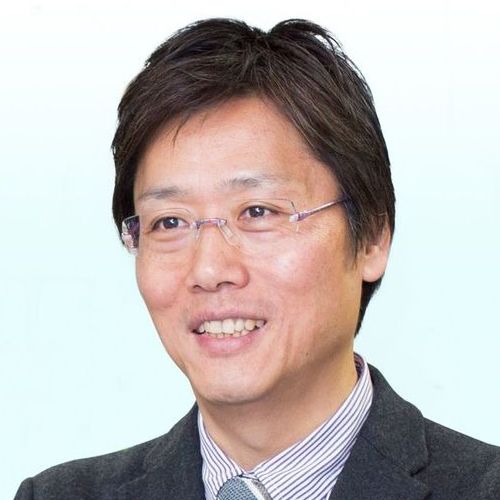
Emmanuel BOSS
Emmanuel Boss has served as Professor of Oceanography at the University of Maine in the United States since 2002. After earning a Master’s degree in oceanography in Jerusalem, he completed a PhD on the large-scale modelling of oceanic fluid dynamics at the University of Washington in 1997. His research combines basic and applied research, and focuses on optical methods for studying ocean particulate matter. These methods include in situ measurement as well as satellite remote sensing, notably enabling the study of plankton (French link).
Emmanuel Boss co-chaired an international committee on plankton measurements, and co-lead the Plankton, Aerosol, Cloud, Ocean Ecosystem science team from 2014 to 2017. He is a coordinator for Tara Expeditions (French link), as well as a past member of the International Ocean Colour Coordinating Group and the international scientific steering committees for studies focusing on ocean carbon, in addition to the Surface Ocean and Lower Atmosphere Science group. Boss is interested in the transmission of knowledge, and co-authored a booklet of hands-on activities for teaching oceanography. Finally, he serves as scientific advisor for the Plankton Planet citizen science project.
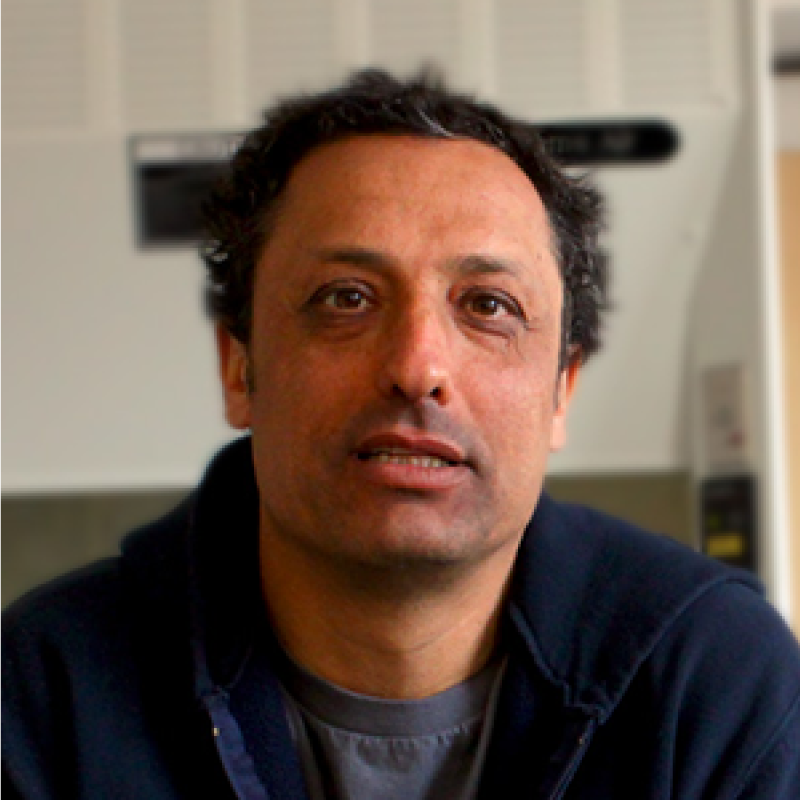
Pierre DEYMIER
Pierre A. Deymier is Professor of Materials Science and Engineering at the University of Arizona. He is also a faculty member at the BIO5 Institute, of the biomedical engineering programme and applied mathematics graduate interdisciplinary programme. Deymier directs the New Frontiers of Sound research centre, which is funded by the U.S. National Science Foundation, and brings together the research of nine American universities on topological acoustics and its applications.
Deymier completed his PhD at the Department of Materials Science and Engineering at the Massachusetts Institute of Technology in 1985, later joining the University of Arizona.
His research covers a broad spectrum in materials science and engineering, including theory, material modelling and simulation, acoustic metamaterials, phononic crystals, and more recently topological acoustics as well as biomaterials.
In 2023 Deymier was awarded the Bloch Prize from the International Phononics Society for his exceptional and enduring contributions in the field.
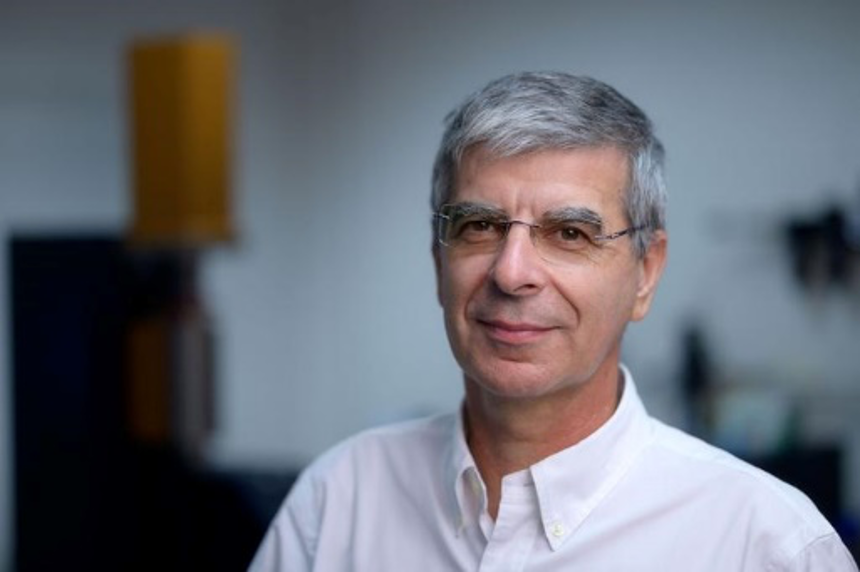
Beate HEINEMANN
Beate Heinemann is Director in charge of Particle Physics at the German national laboratory DESY. As a physicist, she seeks to understand fundamental particles and the role they played in the evolution of the Universe. Her specialisations include weak interaction, as well as research on dark matter at the Large Hadron Collider (LHC). She was a member of the H1 experiment at DESY’s HERA accelerator, the CDF experiment at Fermilab’s Tevatron, and the ATLAS experiment at CERN’s LHC, and has also worked for the University of Liverpool and the University of California at Berkeley (United States). Heinemann also served as the deputy spokesperson for the ATLAS experiment (French link) from 2013 to 2017. In 2016, she returned to Germany to assume scientific managerial duties at DESY, and to serve as tenured professor at the Albert Ludwigs University of Freiburg. Since 2022 she has been part of DESY management, as well as a tenured professor at Universität Hamburg. She is a member of the American Physical Society, and since April 2023 the holder of an honorary degree from the University of Zurich. She has established close ties with France during the course of her numerous collaborations on experiments since the mid-1990s.
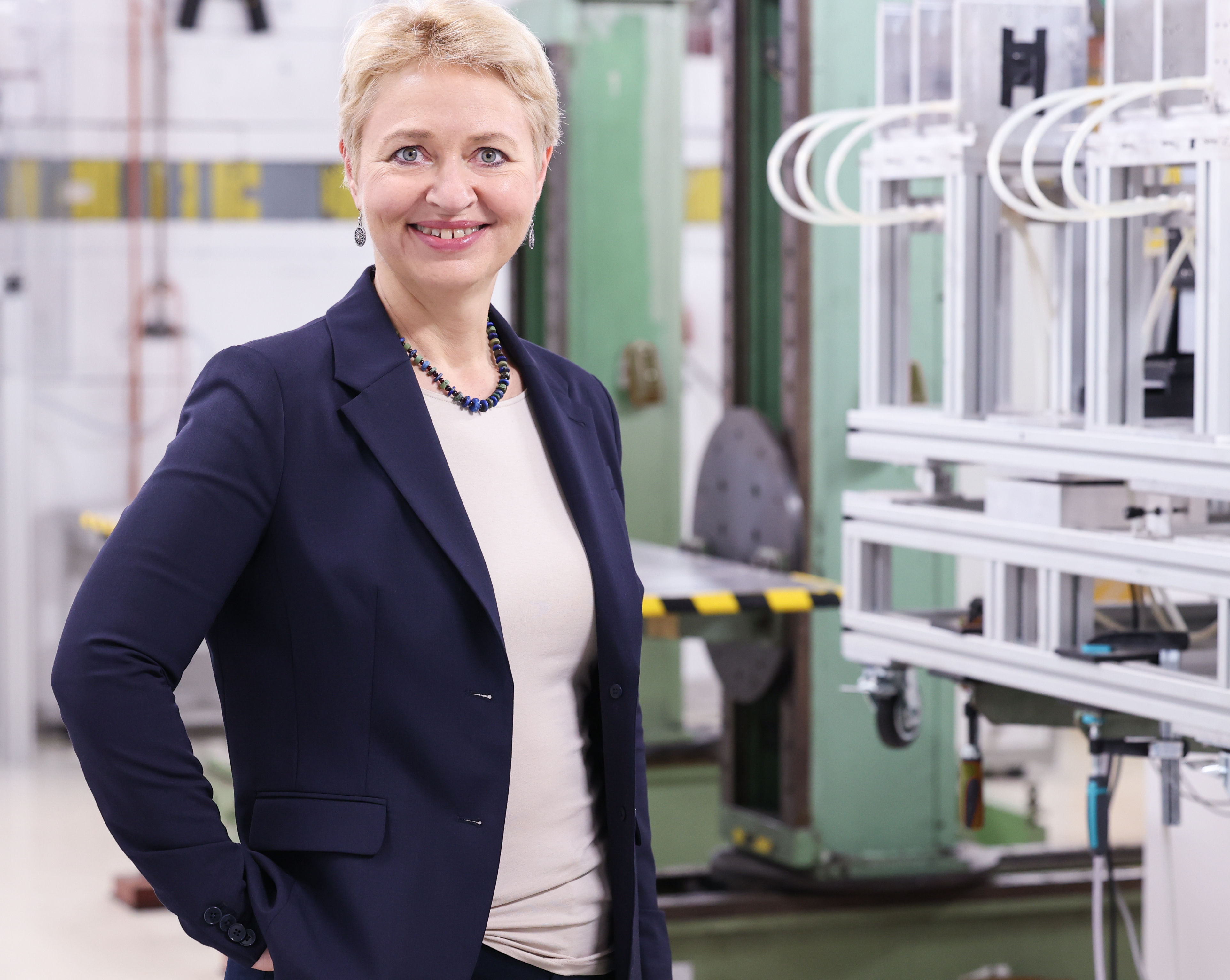
Florian LUCA
Originally from Romania, Florian Luca completed a PhD in mathematics at the University of Alaska Fairbanks in 1996, and then conducted various research visits, during which he was notably awarded a Humboldt research fellowship by Bielefeld University in Germany. Since 2014 he has served as professor at the University of the Witwatersrand in Johannesburg, South Africa, after spending 14 years at the National Autonomous University of Mexico.
His research essentially focuses on number theory, and more specifically on diophantine equations and arithmetic functions. A specialist in his field, he has co-authored over 500 research articles in mathematics, and in 2005 received a Guggenheim Fellowship as a permanent resident of Latin America. Luca is also involved in the Geometry and Arithmetic International Research Network (IRN GANDA) co-funded by CNRS Mathematics. His current research focuses on the Skolem Problem.
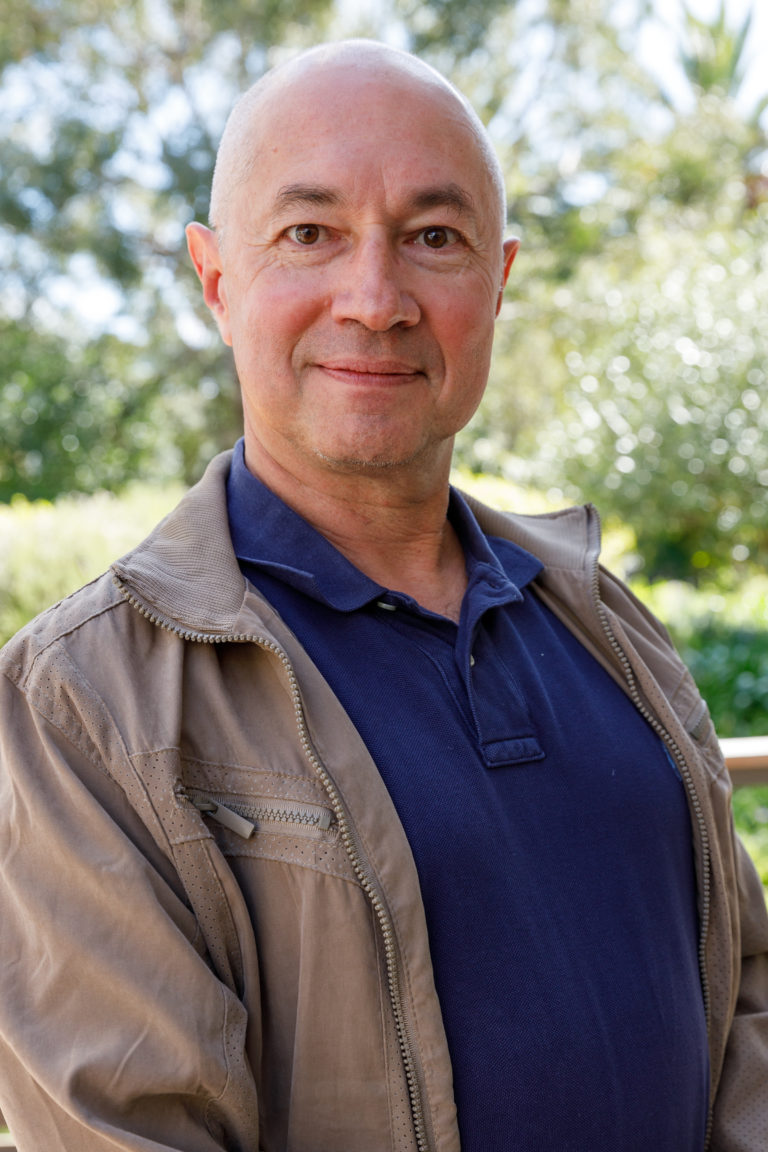
Ardem PATAPOUTIAN
A renowned professor at the Scripps Research Institute, Ardem Patapoutian is a researcher at the Howard Hughes Medical Institute. Born in Lebanon in 1967, he emigrated to California in 1986 for his undergraduate, doctoral, and postdoctoral studies. In his laboratory at the Novartis Research Foundation (San Diego), he notably identified the cold and menthol receptor, as well as the receptor involved in pain transduction. This scientific advance paved the way for much subsequent research, especially in fields connected to inflammatory pain. In 2010 he discovered the Piezo family of mechanoreceptors, which are the cellular transductors for mechanical pressure. The discovery of the Piezo 1 and Piezo 2 ion channels made it possible, among other things, to study the conservation of mechanosensation mechanisms during evolution. A member of the U.S. National Academy of Sciences and the U.S. Academy of Arts and Sciences, in 2020 he was awarded the Kavli Prize in Neuroscience, and in 2021 the Nobel Prize in Physiology or Medicine, along with David Julius, for their discovery of the receptors for temperature, touch, and proprioception1 .
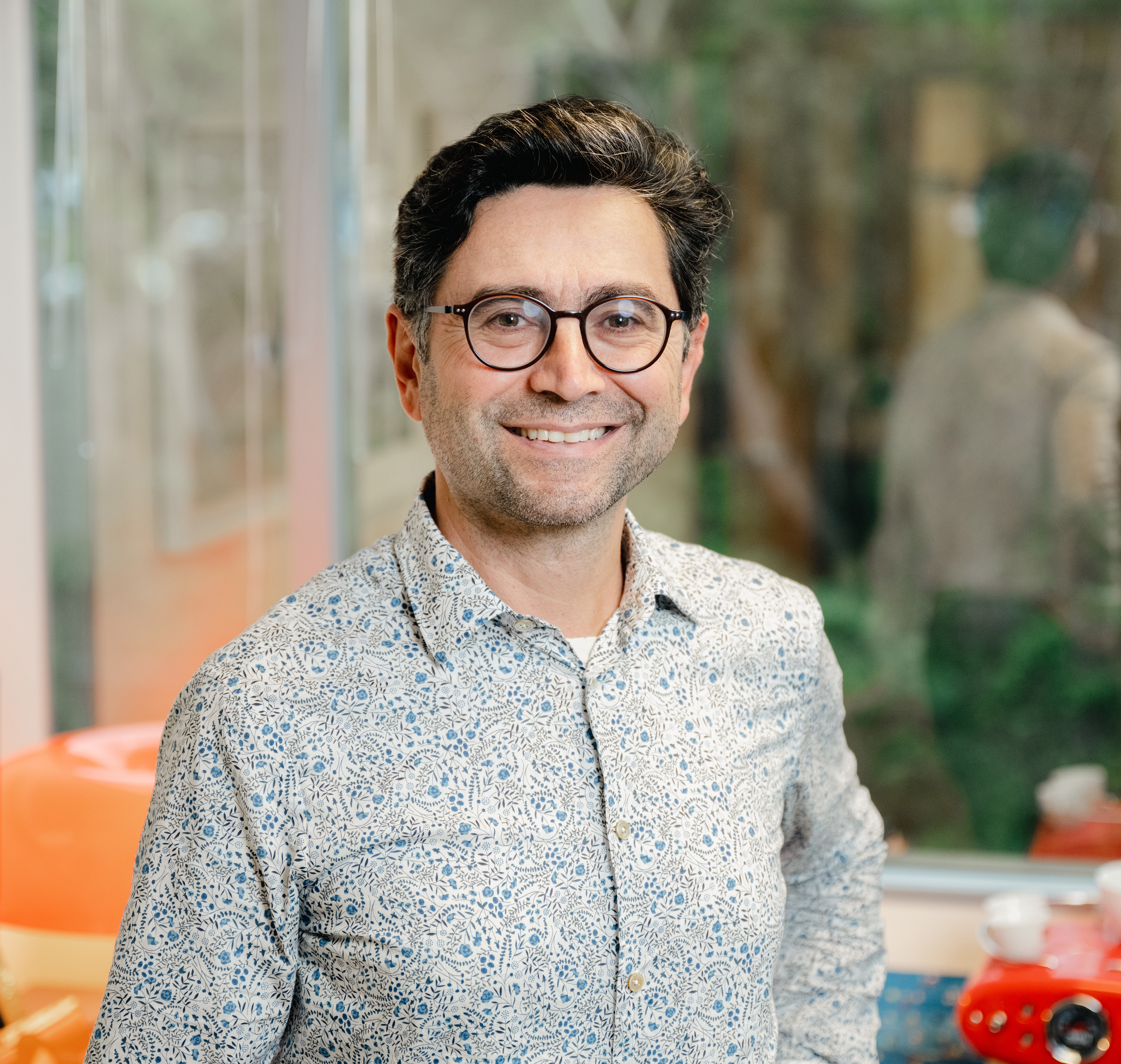
- 1The brain’s perception of the position of different parts of the body in space and in relation to one another, which makes it possible to control posture and coordinate movements. (It is enabled by sensory receptors, proprioreceptors, located on bones, muscles, tendons, etc.).
Uli SAUERLAND
Initially a mathematical logician, Uli Sauerland completed his PhD in linguistics at MIT in 1998, with Noam Chomsky, Irene Heim, and David Pesetsky serving as his supervisors. Since 2005, he has directed the Semantics and Pragmatics Research Area at the Leibniz-Centre General Linguistics (ZAS) in Berlin, for which he served as deputy director. He regularly teaches as honorary professor at the University of Potsdam, and was a guest professor at a number of European, Asian, and North American universities.
The central question of his research project is the following: what does the study of language reveal regarding human thought? This question has been central to the philosophy of language since at least the 17th century. Seeking to reconcile the Leibnizian view of language as a “mirror of the mind” with the ideas of Chomsky and others who believe that language appears, in many respects, to be unsuitable for communication, Sauerland explores the hypothesis that representations of thought can be used for language-based communication only after being radically reduced.
Sauerland’s research includes numerous influential contributions in semantics and pragmatics, and he is also known for his work in the fields of syntax, morphology, and language acquisition. He has conducted fieldwork in the Lesser Sunda Islands and the Amazon, and has also led multiple national and international linguistic research initiatives.
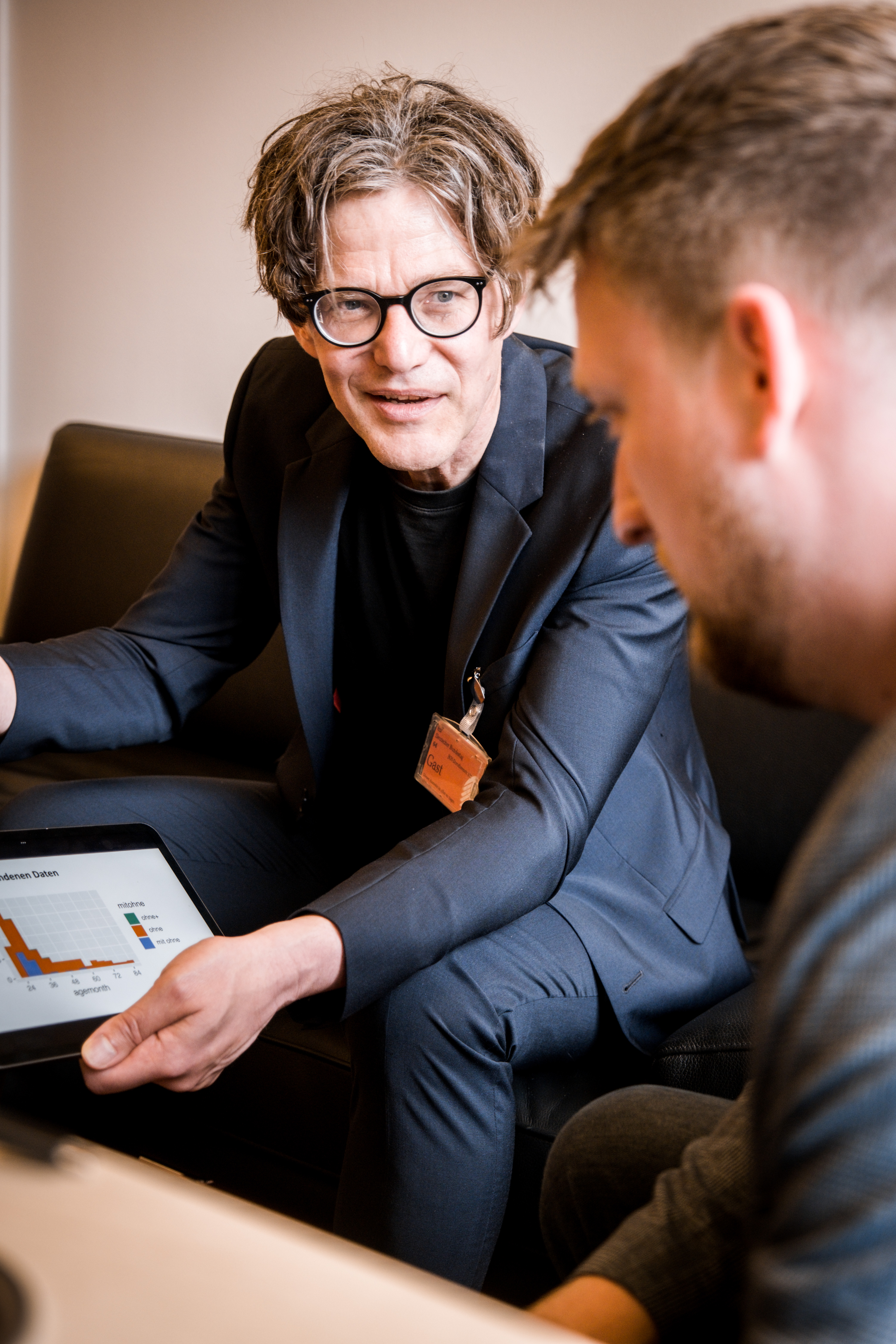
Nicola SPALDIN
Nicola Spaldin is a Professor of Materials Theory at the Federal Polytechnic School (ETH) of Zurich. After studies in the United Kingdom, she completed her PhD in chemistry at the University of California at Berkeley. She later shifted toward condensed-matter physics, and was a professor for 13 years at the University of Santa Barbara in California, before returning to ETH in 2011. She has made major contributions to the emergence of a new class of materials known as multiferroics, which simultaneously combine ferromagnetism and ferroelectricity. The winner of numerous prizes and awards for her research, including the 2017 L'Oréal-UNESCO Prize for Women in Science, she is a member of the Scientific Board of the European Research Council, as well as the French Academy of Science as a foreign associate in chemistry. She is passionate about teaching science, and received the ETH Golden Owl Prize for teaching excellence. When she is not creating a room temperature superconductor, she likes to play the clarinet, ski and go climbing in the Alps.
